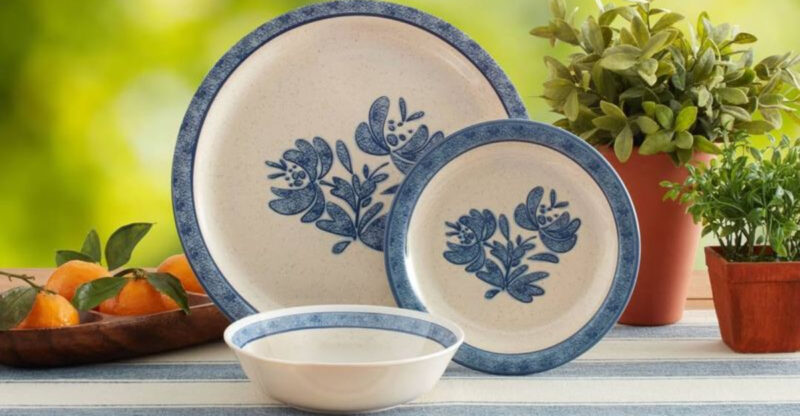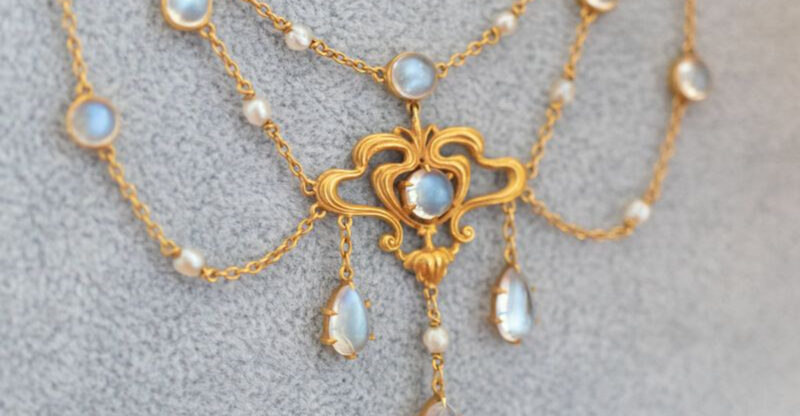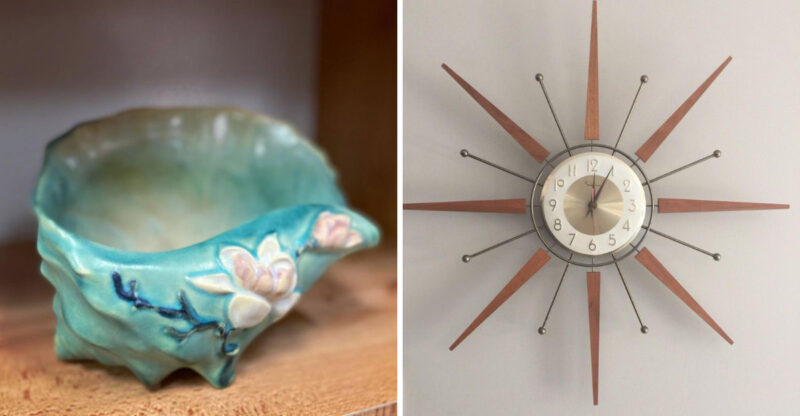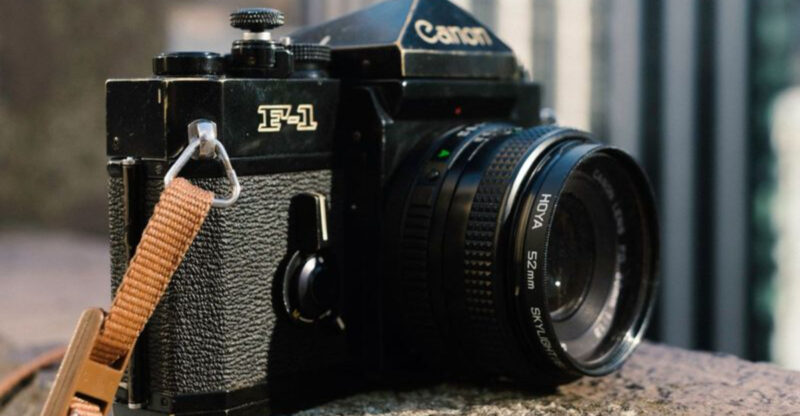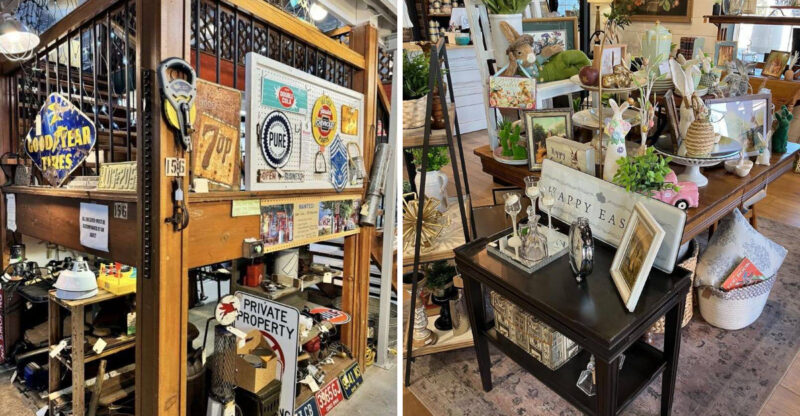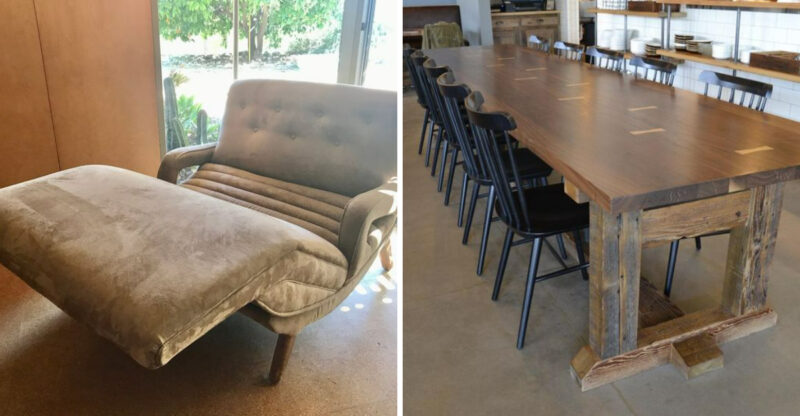10 Household Treasures That Aren’t Worth Much And 10 You Shouldn’t Even Bother Selling

Ever wonder if those forgotten items in your attic could fund your next vacation? Many of us hold onto things thinking they’ll be valuable someday, only to discover they’re practically worthless.
I’ve put together this guide to help you distinguish between items that might fetch a few dollars and those that should head straight to the donation bin or trash.
Knowing what’s worth your time to sell can save you disappointment and wasted effort.
1. Pressed Wood Furniture
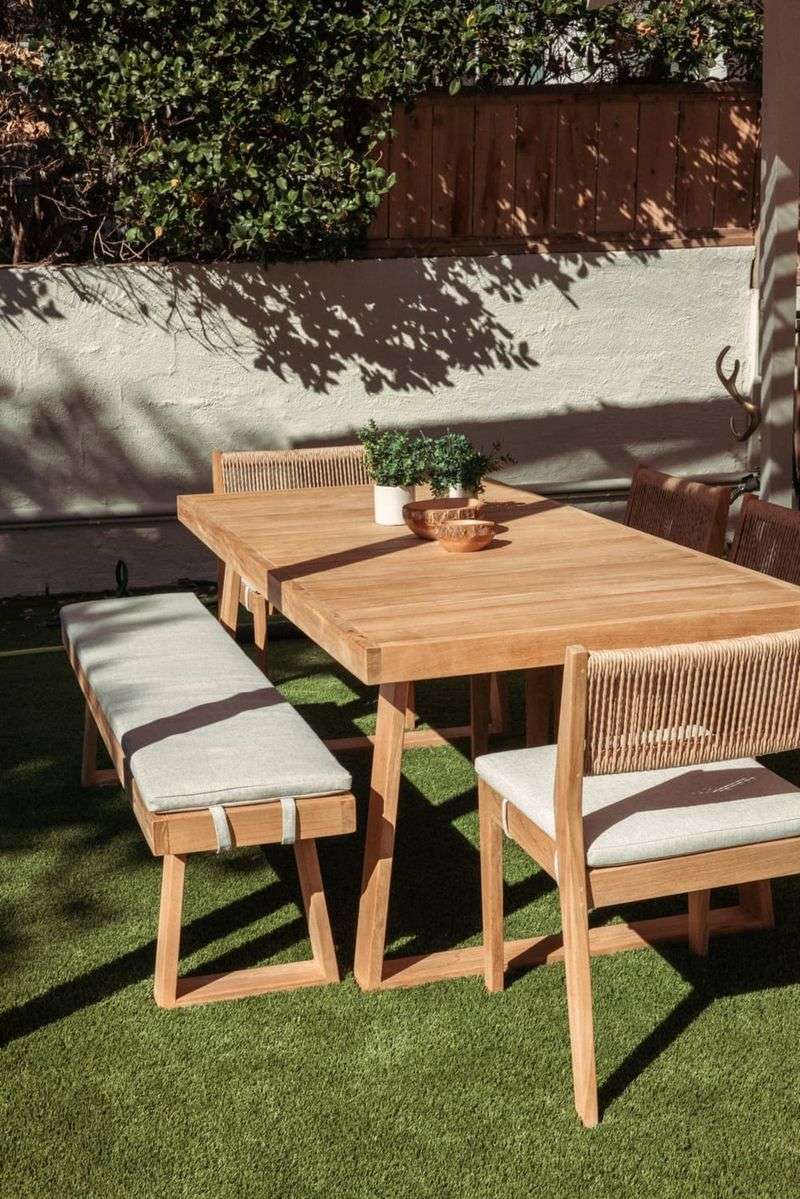
Most pressed wood furniture loses value faster than ice cream melts in July. Made from wood particles glued together, these pieces might look decent when new but deteriorate quickly with normal use.
Water damage, chipping edges, and those telltale bubbling surfaces are common problems that tank any resale potential. Even well-maintained pieces typically sell for pennies on the dollar.
If you’re hoping to get rid of your pressed wood bookcase or entertainment center, you might get $5-20 depending on condition, but don’t expect more. Your best bet is offering it for free to someone who needs furniture immediately or donating it to charity for a small tax write-off.
2. Mass-Produced Wall Art
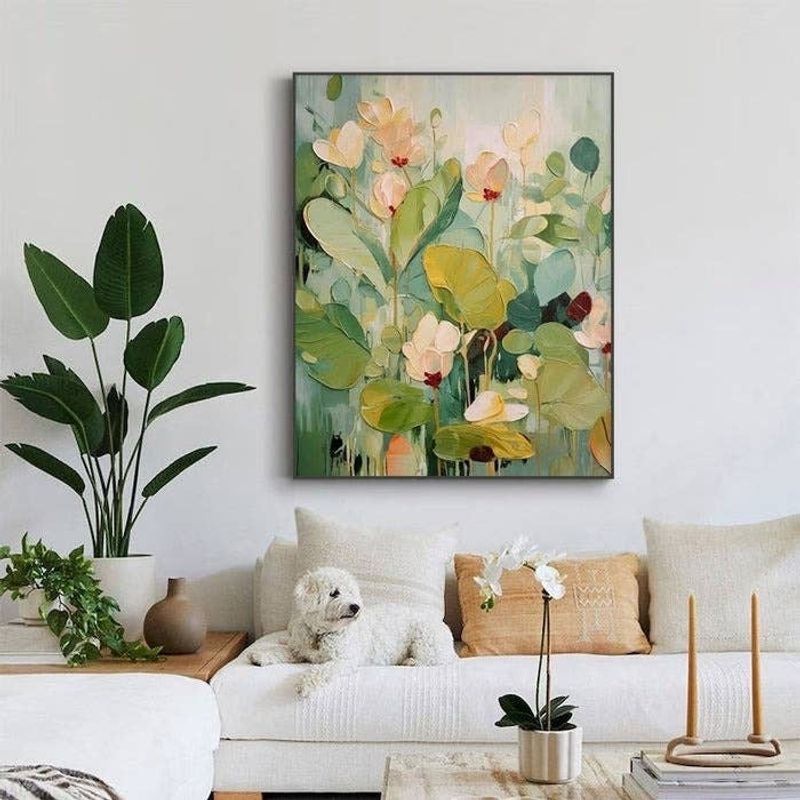
Those framed prints from big box stores that once seemed perfect for your living room wall have virtually no resale value. Mass production means thousands of identical pieces exist, eliminating any scarcity that might drive value.
Trends change rapidly in home decor, making yesterday’s popular canvas print today’s thrift store discard. Even pieces that cost you $50-100 new might fetch only $5-10 secondhand if you’re lucky.
The exception might be limited edition prints with numbered authenticity certificates, but even these rarely return your initial investment. Your best option is donating these pieces where someone else might enjoy them for their aesthetic value rather than monetary worth.
3. Overstuffed Recliners
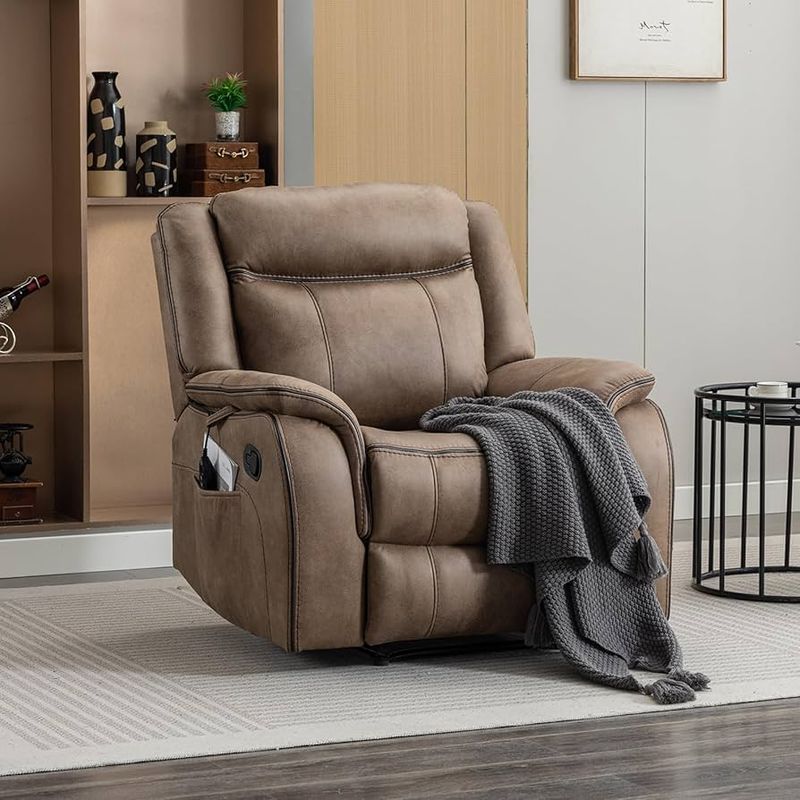
Despite costing hundreds new, overstuffed recliners lose 80-90% of their value the moment they leave the store. These bulky comfort pieces take up significant space and show wear quickly on arms and footrests.
Fabric recliners are particularly problematic, as they absorb odors and can harbor stains that are nearly impossible to remove completely. Even leather models crack and peel over time, especially in budget to mid-range qualities.
You might get $40-75 for a relatively recent model in good condition, but older pieces often go begging even at $20. Consider that many potential buyers worry about bringing in someone else’s furniture due to concerns about allergens, bed bugs, or other unseen issues.
4. Faux Marble Tables
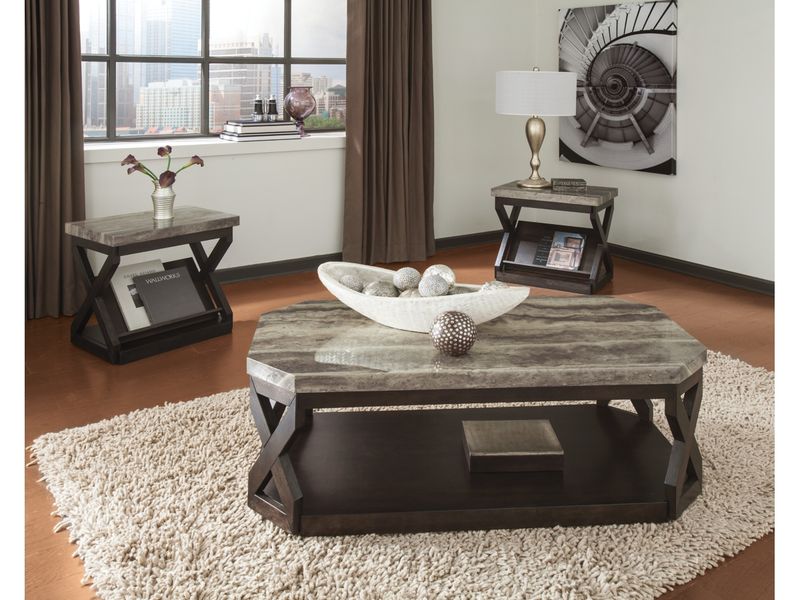
Those imitation marble coffee tables and end tables from furniture chains hold almost no resale value. The laminated surfaces often peel at the edges, revealing the particleboard underneath and destroying any illusion of luxury.
Heat damage from cups, scratches from normal use, and water rings are common issues that make these pieces even less desirable secondhand. The heavy weight combined with fragile construction also makes them difficult to transport without damage.
You might get $15-30 for a set in decent condition, but don’t expect much interest. Many buyers today prefer either authentic materials or deliberately inexpensive pieces rather than imitations of luxury items. If you’re replacing yours, consider repurposing the materials rather than trying to sell.
5. Laminated Bookshelves
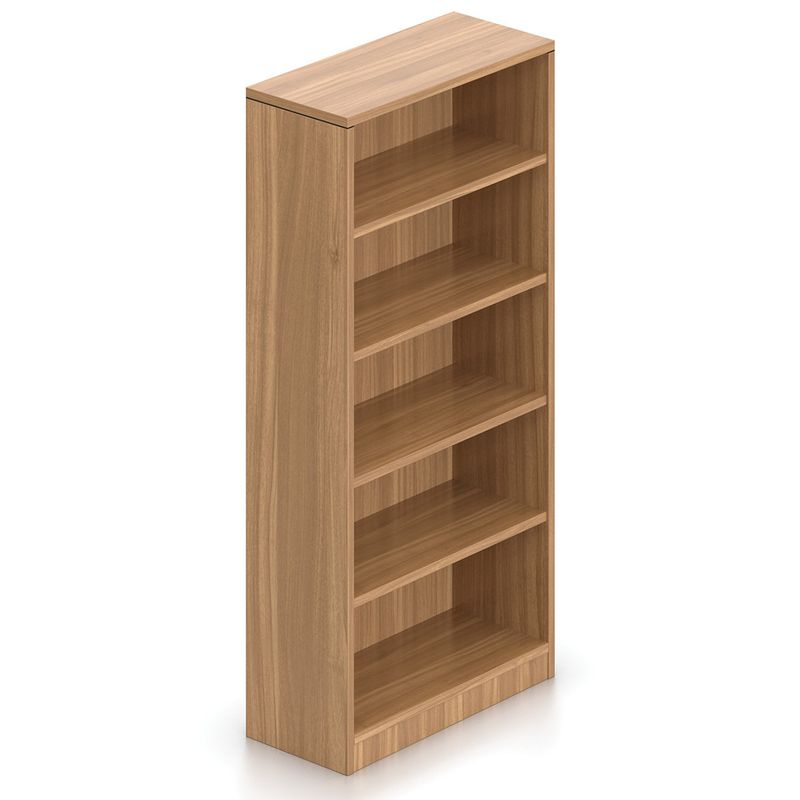
Laminated bookshelves from assembly-required retailers depreciate almost instantly. These lightweight units typically show wear quickly, with peeling veneer and sagging shelves being common problems after just a year or two of use.
Moving these pieces even once often weakens the structure, as the assembly screws tend to strip the particleboard interior. Visible assembly holes and misaligned edges further reduce any potential resale appeal.
You might get $10-25 for units still in good condition, but many people would rather buy new given the low initial cost. The market is also flooded with these items, as they’re common first-apartment purchases that get upgraded as soon as finances allow. Consider offering them free to college students who need temporary solutions.
6. Particleboard Dressers
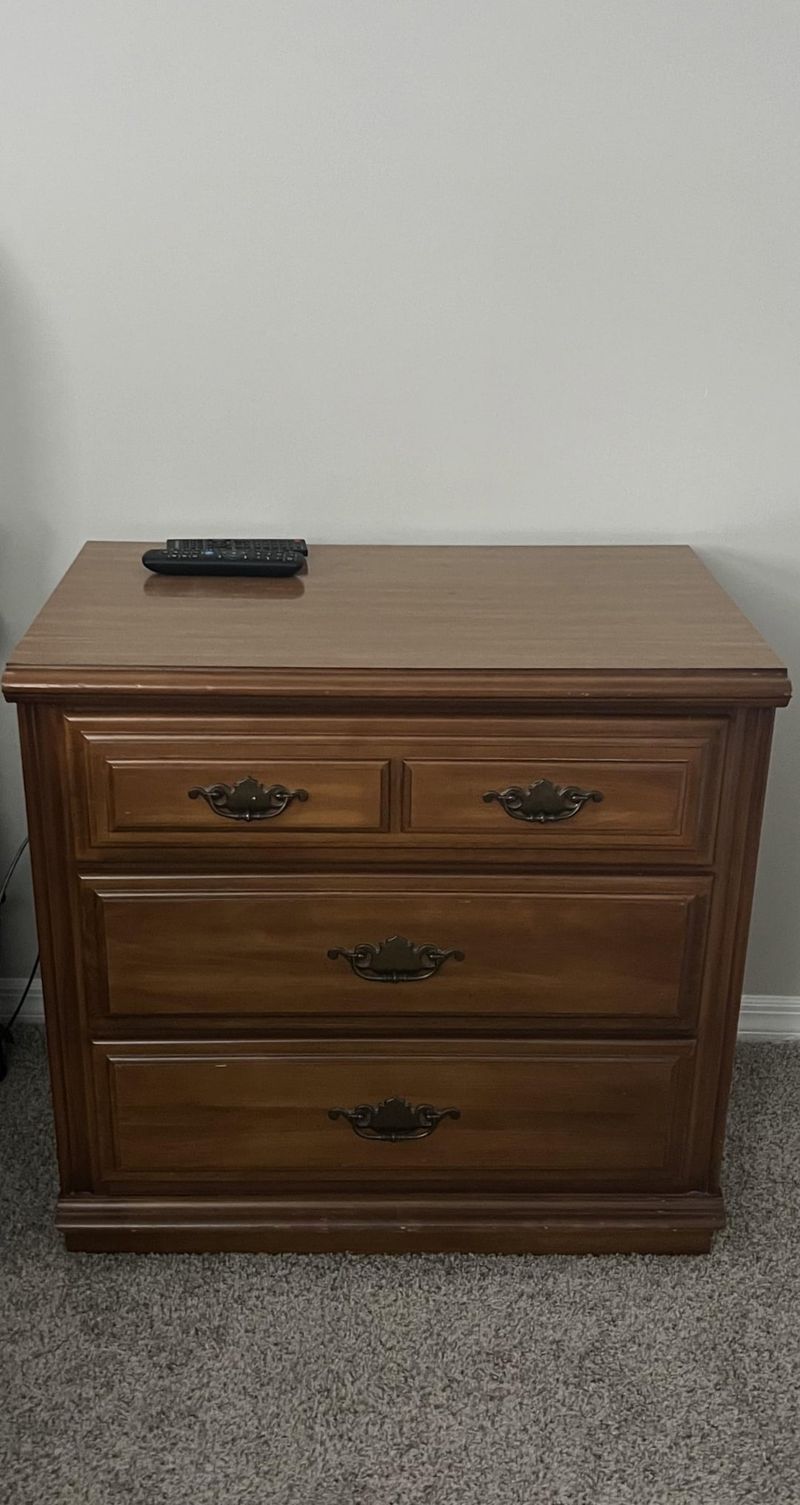
Particleboard dressers are among the fastest-depreciating furniture items in your home. These bedroom staples often develop wobbly drawers that stick or fall off their tracks after minimal use.
The thin backing typically warps with humidity changes, while the laminate surface chips easily during moves. Even worse, once damaged, particleboard absorbs moisture and swells, making repairs nearly impossible.
You might get $15-30 for a dresser in decent shape, but most buyers are wary of these pieces secondhand. The weight-to-durability ratio is poor, meaning they’re heavy to move yet fragile. If yours is still functional, consider repainting or adding new hardware to extend its life in your own home rather than trying to sell it for a disappointing amount.
7. Plastic Floor Lamps
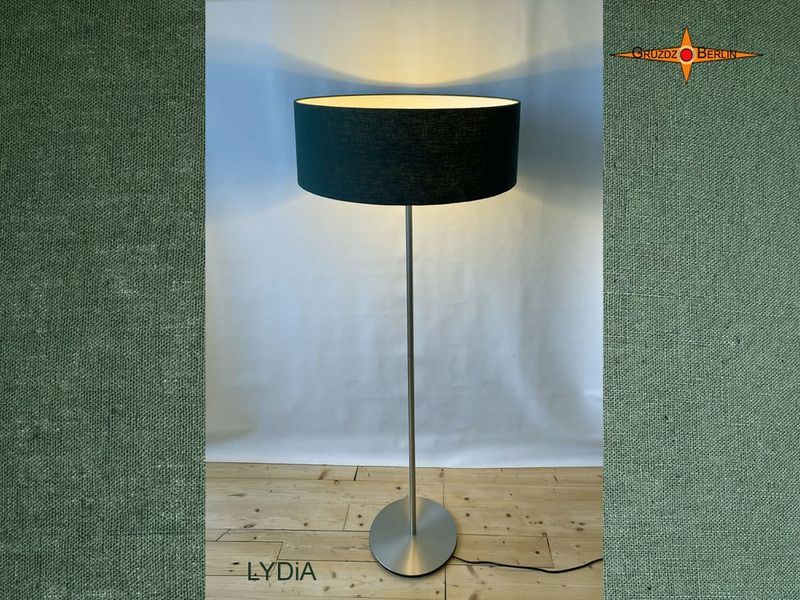
Inexpensive plastic floor lamps hold essentially no resale value despite being perfectly functional. The plastic components yellow over time from exposure to light and heat, giving even clean specimens an aged appearance.
Wiring concerns also make buyers hesitant to purchase used lighting. Many worry about fire hazards from unseen cord damage or outdated electrical components. Even those with metal components tend to have plastic switches and bases that crack or break easily.
You might get $5-10 for a working lamp in good condition, but most thrift stores have dozens of similar items priced at $3-5. Unless your lamp is a designer piece or vintage metal model, it’s probably not worth the effort to sell. Consider donating it to a shelter where immediate functionality matters more than aesthetic longevity.
8. Cheap Decorative Mirrors
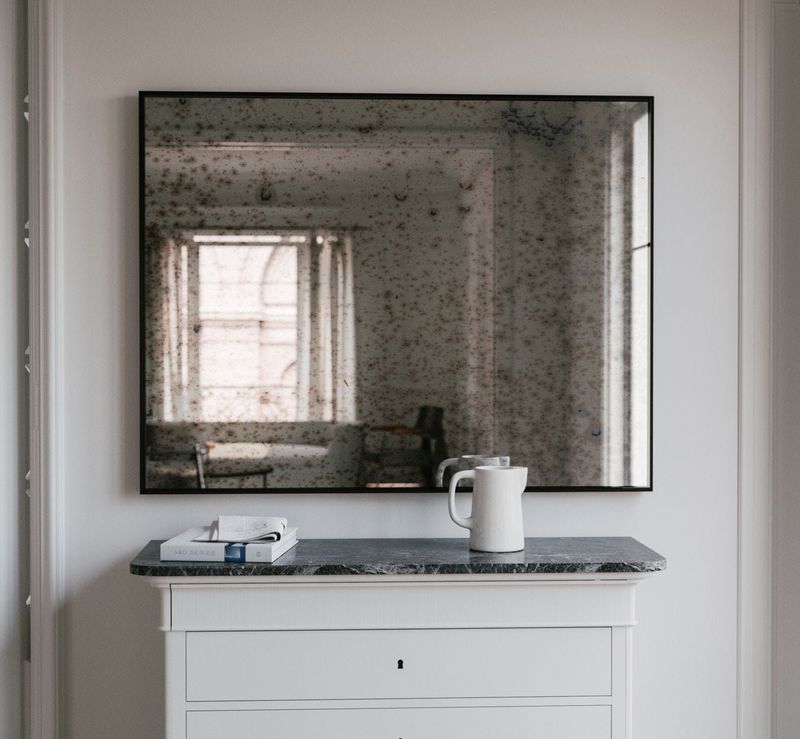
Mass-produced decorative mirrors with plastic frames hold minimal resale value despite their functional nature. The thin glass often develops spotting or edge discoloration over time, while plastic frames crack, fade, or warp with normal temperature fluctuations.
Even mirrors with painted metal frames tend to chip easily, revealing the base metal underneath. The hanging hardware on budget mirrors is typically flimsy, making secure installation a concern for potential buyers.
You might get $5-15 for mirrors in perfect condition, but transportation risks make many buyers reluctant. Mirror glass is fragile and dangerous when broken, adding complications to shipping or local pickup. If your mirror still looks good, consider keeping it for your own guest room or bathroom rather than selling it for a fraction of its original price.
9. Polyester Throw Pillows
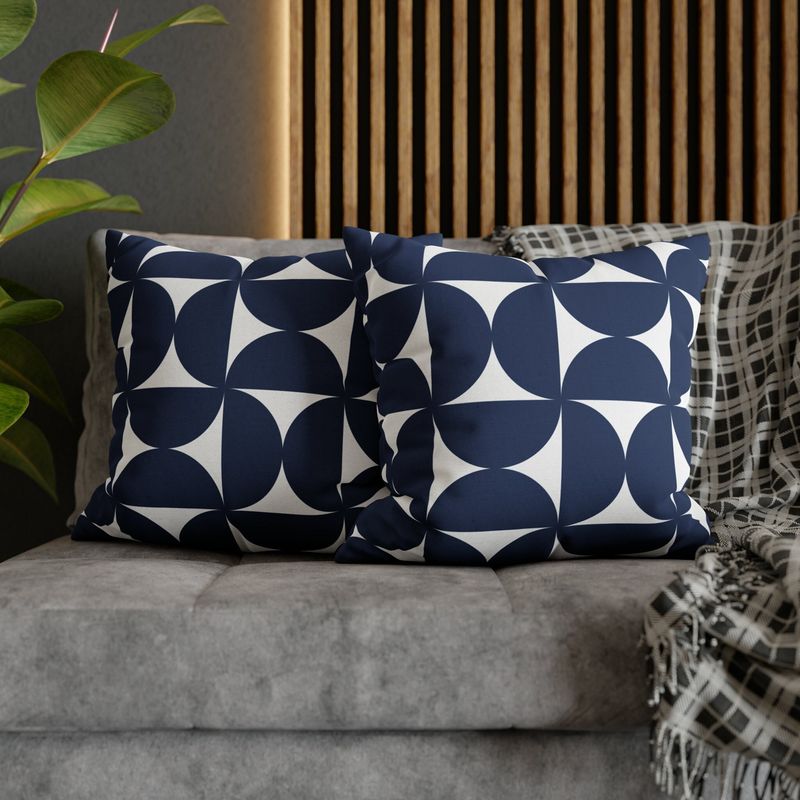
Those polyester throw pillows that brighten your couch have almost no secondhand value. Fabric pillows absorb oils, odors, and dust that remain even after washing, making them unappealing as used purchases.
The stuffing in budget pillows also compresses quickly, losing the plumpness that made them attractive initially. Trends in colors and patterns change rapidly, meaning last year’s popular geometric print might look dated today.
You might get $2-5 per pillow if they’re very recent and in excellent condition, but most buyers prefer new pillows given their relatively low retail cost. Your best option is repurposing the fabric for crafts or donating them to animal shelters where comfort matters more than appearance. Some pet rescues use clean throw pillows as bedding for animals awaiting adoption.
10. Vinyl Dining Chairs
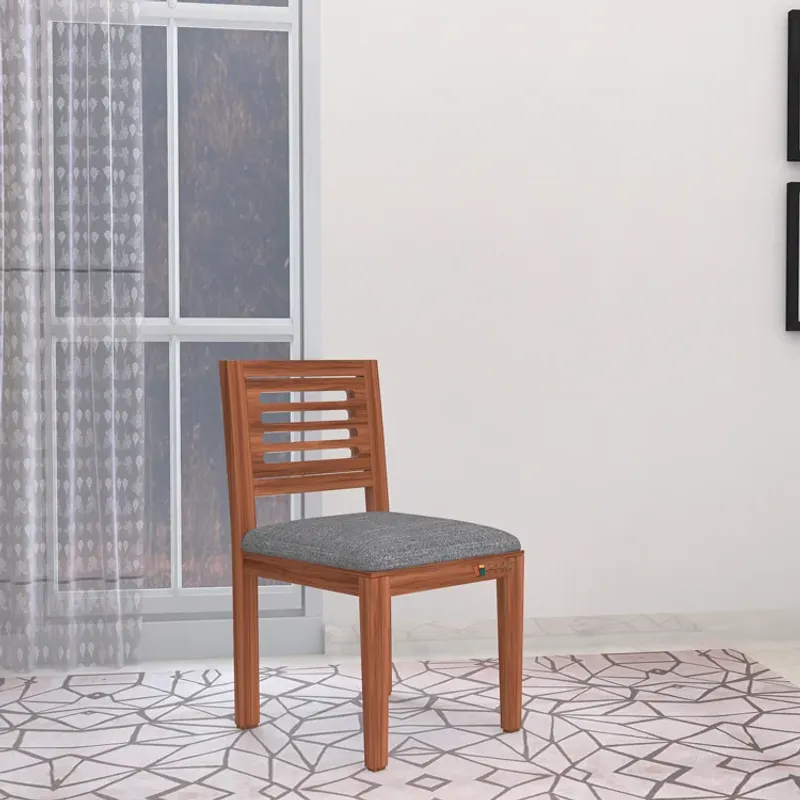
Vinyl dining chairs depreciate quickly despite their practical purpose in every home. The material cracks and splits with regular use, especially along seams and where the vinyl stretches over corners.
Even well-maintained vinyl develops a distinctive shine on seat surfaces that reveals its age. The padding underneath compresses unevenly, creating uncomfortable dips and bumps that are expensive to repair compared to the chair’s value.
You might get $5-15 per chair depending on condition and style, but complete matching sets fare slightly better. Modern buyers often prefer either genuine leather or fabric upholstery, viewing vinyl as outdated. If your chairs are structurally sound but cosmetically challenged, consider reupholstering them yourself – the transformation can be dramatic for minimal cost compared to buying new.
11. Broken Picture Frames
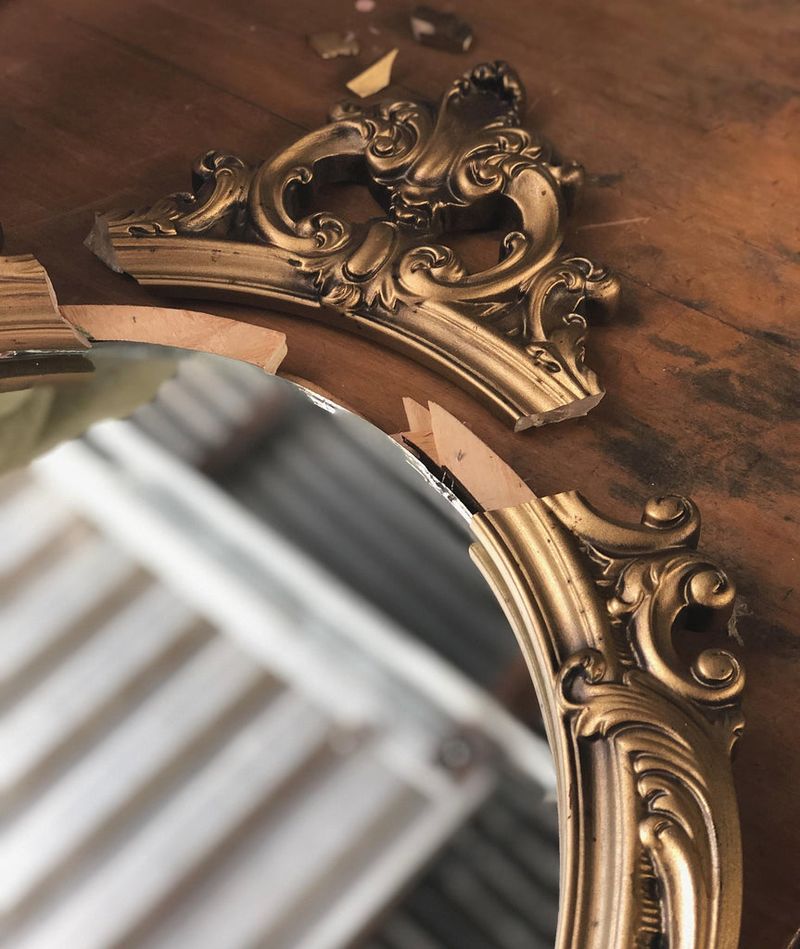
Broken picture frames aren’t worth the effort to sell, regardless of their original quality or price. Damaged corners, separated joints, or cracked glass make frames essentially worthless on the secondary market.
The cost of proper packaging to prevent further damage during shipping typically exceeds any potential profit. Even frames with minor damage face steep competition from new budget frames that cost just a few dollars at discount stores.
Instead of trying to sell broken frames, consider salvaging usable parts. The glass can be repurposed for small craft projects, while wooden frame pieces might work for decorative mosaic designs. Metal frames can sometimes be disassembled and the metal recycled. If the frame has sentimental value but is beyond repair, consider incorporating pieces into a memory box or shadow box display.
12. Chipped Ceramic Vases
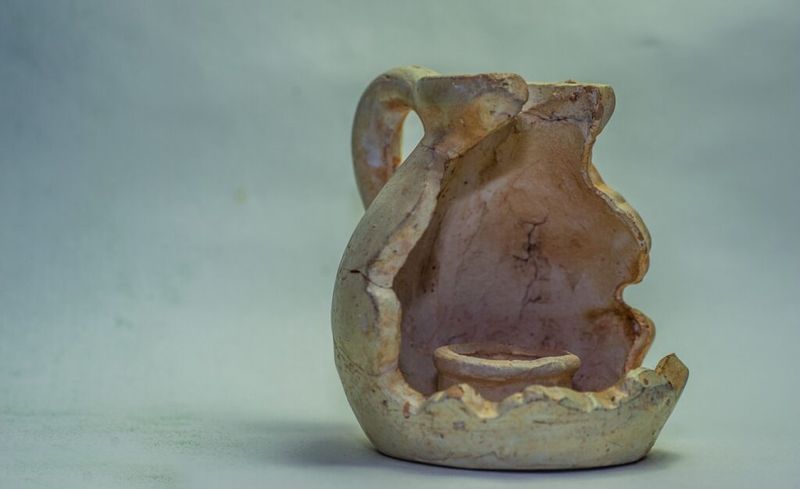
Ceramic vases with chips or cracks have virtually no resale value unless they’re antique or from a recognized artist. Damage compromises both the aesthetics and functionality, as hairline cracks often lead to leaking when filled with water.
Safety concerns further diminish value, as chipped ceramic can have sharp edges that pose cutting hazards. The abundance of inexpensive new vases at dollar stores and discount retailers means few buyers are willing to purchase damaged items.
Rather than attempting to sell chipped vases, consider repurposing them creatively. They can become pencil holders, planters for arrangements that don’t require water, or decorative containers for dry items like potpourri. For vases with minor chips, you might try painting over the damage or applying decorative elements like ribbon or twine to cover problem areas.
13. Scratched Coffee Tables

Coffee tables with significant surface scratches have minimal resale potential regardless of their original quality. Deep gouges, water rings, and heat marks create permanent damage that most buyers aren’t willing to overlook.
The cost of professional refinishing typically exceeds the value of most mass-produced tables. Even DIY refinishing requires materials, time, and skills that many potential buyers would rather avoid by purchasing new.
Instead of struggling to sell a scratched table for a disappointing sum, consider refinishing it yourself for continued use. Solid wood tables can be sanded and restained, while some laminate surfaces respond well to specialized repair kits. Alternatively, creative solutions like decoupage, mosaic tiling, or applying a poured resin surface can transform a damaged table into a unique piece that serves you for years to come.
14. Wobbly End Tables
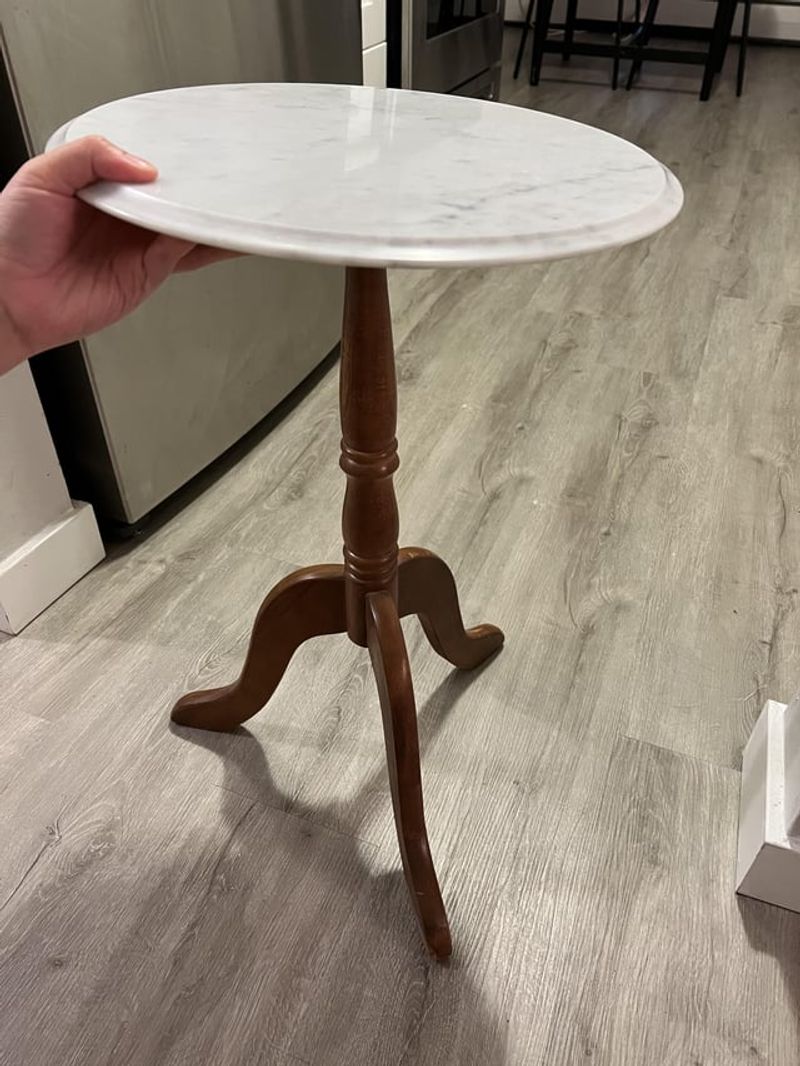
End tables that wobble or have structural damage aren’t worth listing for sale. Stability issues indicate compromised joints or warped components that are challenging and often expensive to repair properly.
Safety concerns make these items particularly difficult to sell, as unstable furniture can tip over, potentially causing injury or damage to other belongings. Most buyers are unwilling to risk purchasing items that require immediate repair.
If your end table wobbles, check whether the problem is simply loose screws that need tightening or uneven legs that could be adjusted with furniture levelers. For more serious structural issues, consider disassembling the table to salvage usable parts like drawer pulls, decorative elements, or wood that could be repurposed into smaller projects. Sometimes the top of a damaged end table can become a serving tray or wall art with minimal modification.
15. Torn Lampshades
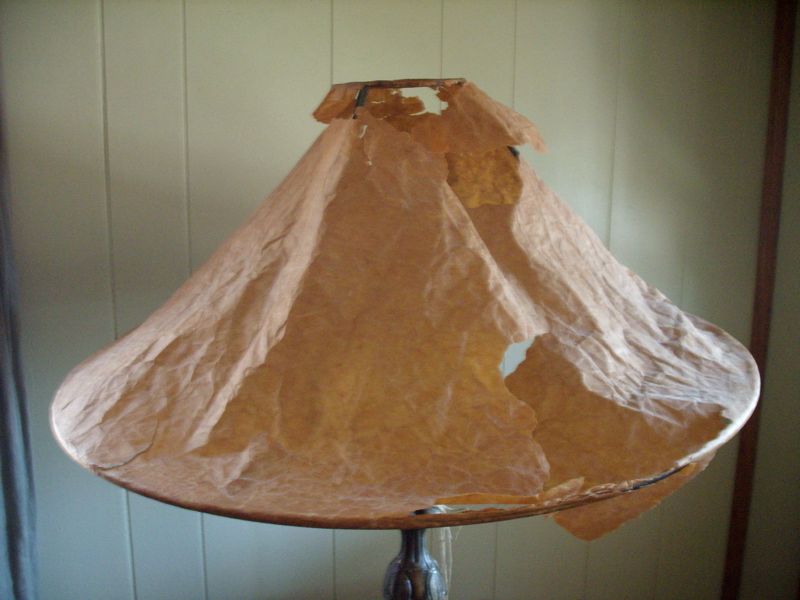
Lampshades with tears, fraying edges, or yellowed fabric have zero resale value in today’s market. Even minor damage is immediately visible when the lamp is illuminated, creating unattractive shadows and light patterns.
Replacement shades are relatively inexpensive at home stores, making damaged ones completely undesirable secondhand. The cost of properly packaging and shipping a lampshade without causing further damage would exceed any potential selling price.
Rather than attempting to sell a torn lampshade, consider whether your lamp base has value on its own. Many buyers are happy to purchase attractive bases without shades. If you’re creative, damaged fabric shades can sometimes be recovered with new material as a DIY project, or the wire frame can be repurposed for craft projects like unique garden ornaments or decorative mobiles.
16. Faded Curtains
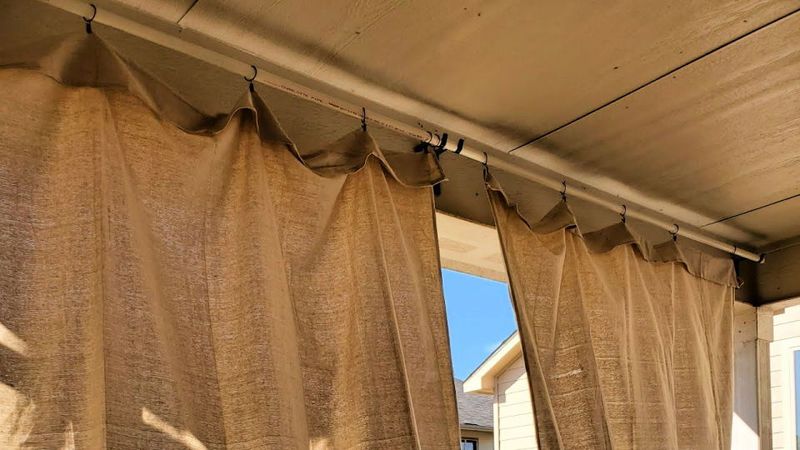
Curtains that have faded from sun exposure aren’t worth the effort to sell. Uneven coloration is particularly common, with sections exposed to direct sunlight showing noticeable discoloration compared to folds or hemlines.
Fabric that has been sun-damaged is often weakened structurally, making it prone to tearing when handled. The dated patterns and colors of older curtains further reduce any potential resale appeal in today’s design-conscious marketplace.
Instead of trying to sell faded curtains, consider repurposing the fabric for smaller projects. Sturdy curtain material can become tote bags, pillow covers, or fabric bins for storage. Sheer curtains might work as garden protection for delicate plants or be cut into cleaning cloths. If the curtains are still functional but just not to your taste, donating them to shelters or housing organizations helps those setting up new homes with limited budgets.
17. Dented Plastic Storage Bins
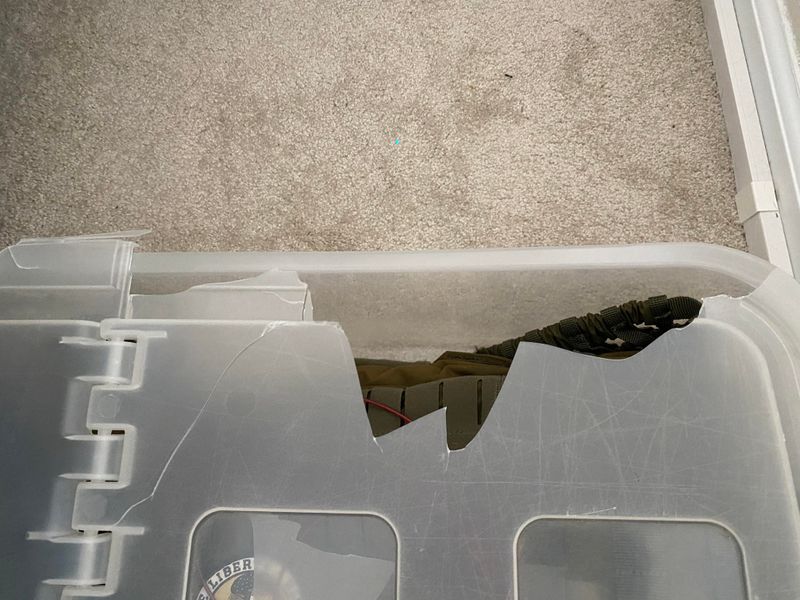
Plastic storage containers with dents, cracks, or warped lids have no resale value despite their practical purpose. Damaged bins often can’t stack properly, defeating their primary organizational function and creating storage inefficiencies.
Structural damage compromises the bin’s ability to protect contents from moisture, pests, or crushing. Even minor cracks tend to spread over time, especially in bins subjected to temperature fluctuations in attics or garages.
Rather than trying to sell damaged bins, consider whether they can serve alternative purposes in your own home. Containers with minor damage might work for garage organization, garden tool storage, or as mixing tubs for potting soil. Bins with more significant damage can be recycled in many communities – check your local recycling guidelines for plastic types accepted. Some creative gardeners even repurpose cracked bins as planters after drilling drainage holes.
18. Cracked Wall Clocks
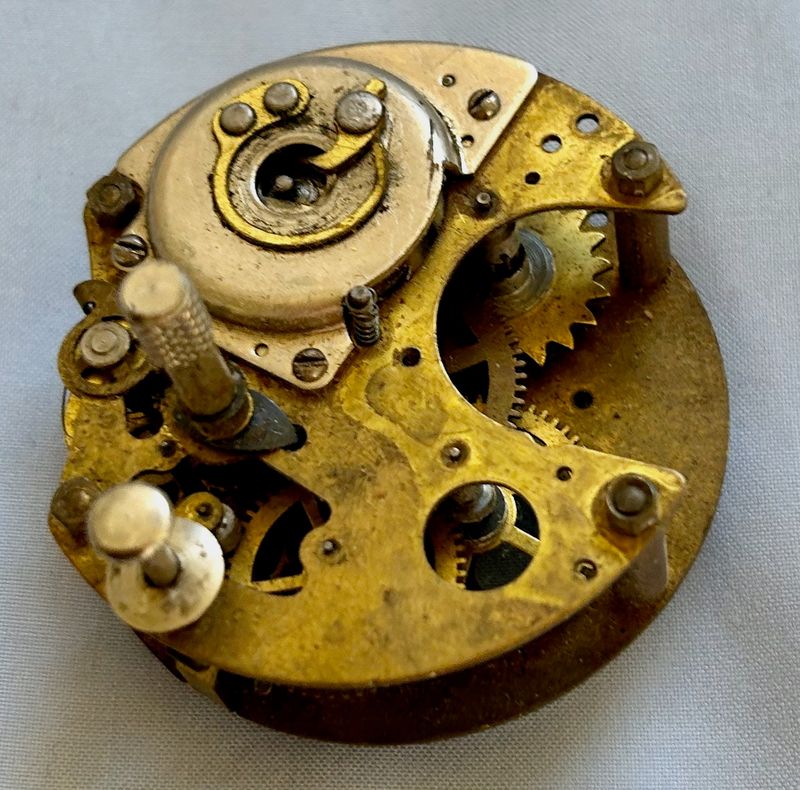
Wall clocks with cracked faces or broken mechanisms aren’t worth listing for sale. Damage to the clock face is immediately visible and detracts from both functionality and decorative value.
Mechanical issues often cost more to repair professionally than the clock’s potential resale value. Even battery-operated clocks with damaged movements typically aren’t worth fixing compared to the cost of purchasing new.
If your wall clock is damaged beyond reasonable repair, consider salvaging usable components before discarding. Clock hands and mechanisms can sometimes be reused in craft projects or to repair other clocks. Decorative frames or housings might be repurposed as shadow boxes, photo frames, or wall art. For clocks with sentimental value but irreparable damage, preserving the face and hands in a static display can maintain the memory while acknowledging the item’s end as a functioning timepiece.
19. Bent Curtain Rods
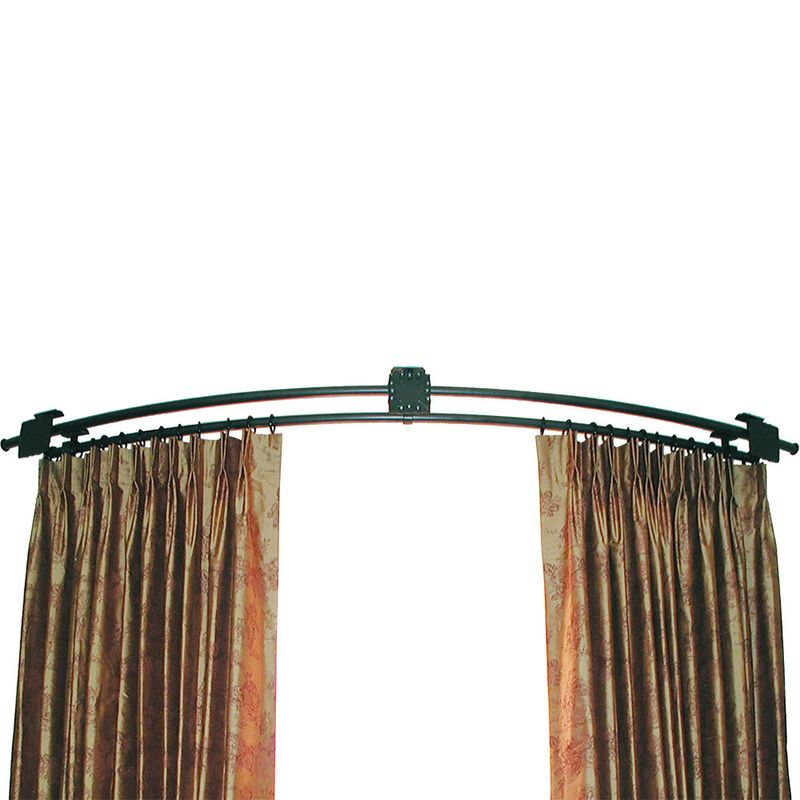
Curtain rods that have bent under the weight of heavy drapes have no secondhand value worth pursuing. The bending typically occurs gradually in the middle section, creating an unsightly sag that affects the appearance of even the most beautiful curtains.
Once metal rods bend, they’re weakened and prone to further warping even if temporarily straightened. Attempting to sell bent curtain hardware is particularly futile given the low cost of new basic rods at discount retailers.
If you have bent curtain rods, consider whether the finials (decorative end pieces) are still in good condition and worth saving. These can sometimes be removed and reused with new rods. The metal from damaged rods can often be recycled with other household metals. For creative repurposing, straight sections of rods can sometimes serve as supports for garden plants, makeshift closet rods in small spaces, or frames for DIY projects.
20. Stained Area Rugs
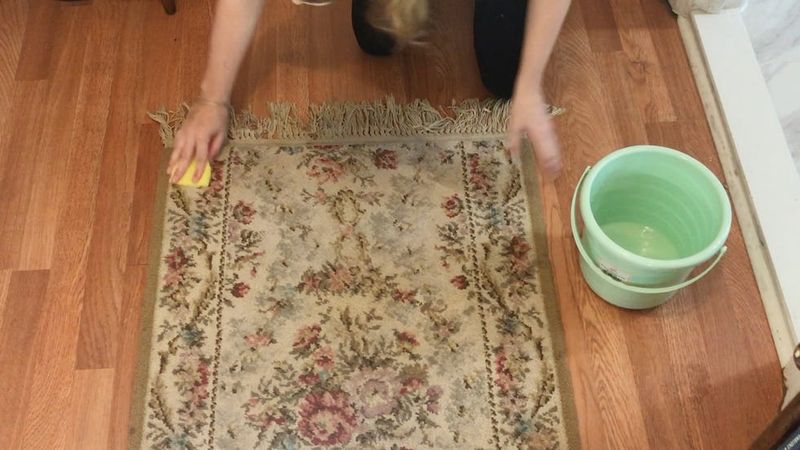
Area rugs with visible stains have essentially no resale value regardless of their original quality or brand. Discoloration from spills, pet accidents, or foot traffic creates permanent damage that professional cleaning often cannot fully remove.
Health concerns make stained floor coverings particularly difficult to sell secondhand. Potential buyers worry about allergens, odors, and bacteria trapped in fibers even if stains appear superficial.
Instead of attempting to sell a stained rug, consider whether smaller unmarked sections might be salvaged. Clean portions can sometimes be cut and bound to create smaller accent rugs for less visible areas. Some animal shelters accept clean rug sections as bedding material. For rugs with sentimental value but unsalvageable stains, photographing the rug before disposal helps preserve the memory without keeping the damaged item. Natural fiber rugs can sometimes be composted if they don’t contain synthetic backing materials.

